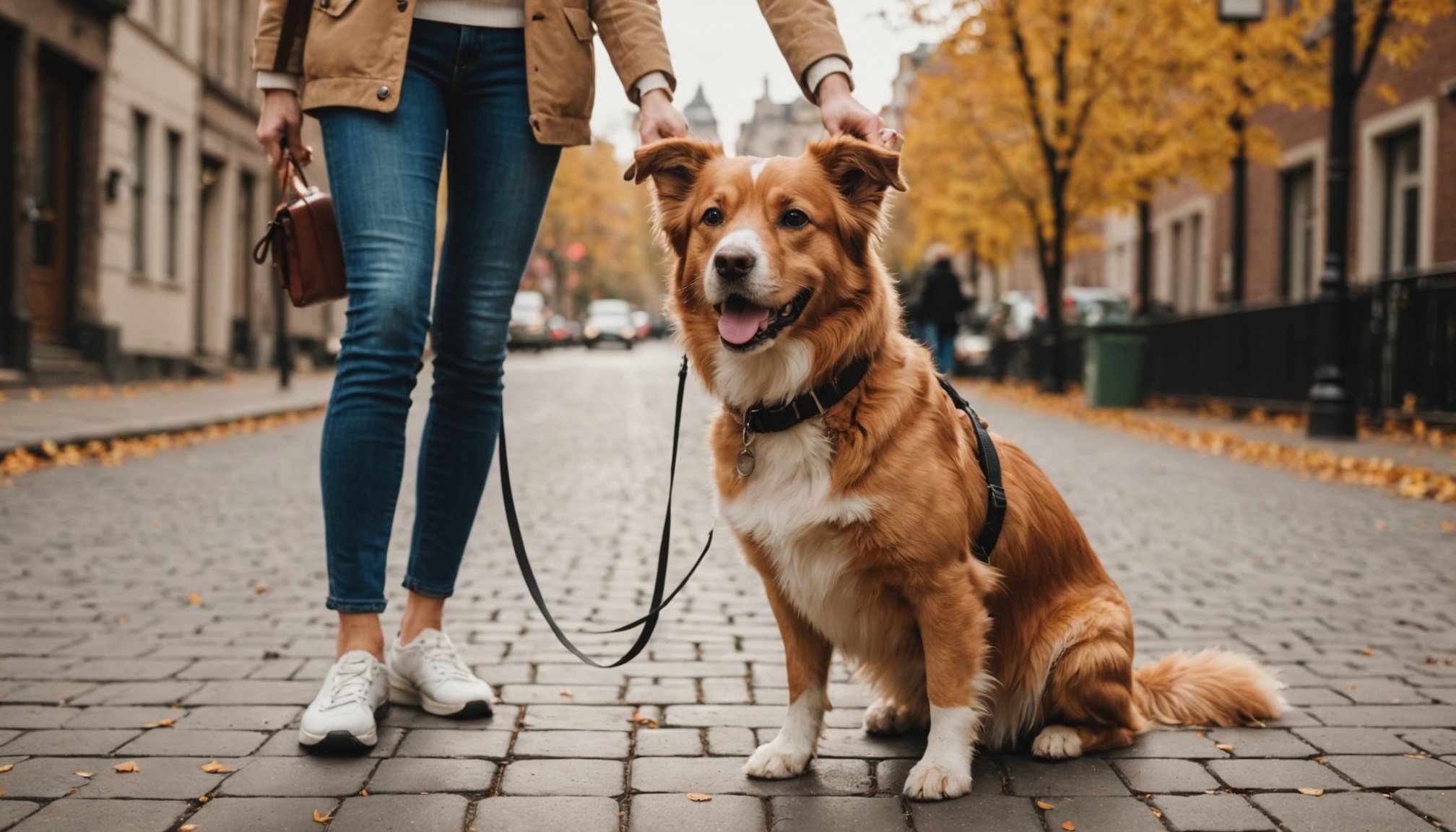Overview of Emerging Pet Fads
In recent years, emerging pet trends have significantly altered the landscape of pet ownership. Far from being a recent phenomenon, pet fads have evolved over centuries, reflecting both societal norms and technological advancements. As we trace the lineage of historical pet trends, it’s clear that they often mirror shifts in pet ownership practices, adapting to new cultural and social realities.
Today’s pet ownership trends are characterised by a surge in interest toward wellness-focused and unique pet experiences. These trends are not merely fleeting; they illustrate broader societal changes. The current state of pet ownership reveals a consumer base that seeks more than just companionship from their pets. From health-conscious dietary options to high-tech pet gadgets, the trends present a multi-faceted view of human-animal relationships.
Also read : Nourishing Your Pets: Tips to Keep Them Healthy and Ahead of the Curve
Understanding the significance of these trends requires recognising how they impact not only pet owners but also the pet industry at large. With pet ownership now encompassing a wider array of species—such as reptiles and exotic birds—pet fads play a crucial role in guiding both consumer purchases and industry development. As these emerging pet trends continue to gain momentum, their influence on daily pet ownership practices remains undeniable.
Factors Driving the Emergence of Pet Fads
Emerging pet trends often stem from a blend of cultural influences and the profound impact of social media. These influences are instrumental in shaping contemporary pet fads, which in turn, reflect broader social changes and technological advancements.
This might interest you : Selecting Your Perfect Pet: A Comprehensive UK Guide for 2024
Societal Changes and Pet Ownership
As societies evolve, so do demographic shifts in pet ownership. Younger generations, increasingly living in urban areas, are opting for pets that fit high-density living. This change is further fuelled by the changing lifestyles of pet owners, who seek companionship that complements busy schedules. Moreover, family dynamics in pet adoption are shifting, as pets are increasingly viewed as members of the family, impacting their care and the types of pets adopted.
Social Media and Marketing
The influence of online platforms on pet trends is undeniable. Social media amplifies trends through viral pet-related content, rapidly spreading new fads and ideas. Influencers, with their massive followings, play a crucial role in shaping these trends, often setting the stage for what becomes popular within pet communities.
Economic Considerations
Financial implications greatly influence emerging pet fads. The growth of specialty pet products and services aligns with these trends, enticing consumers to invest more in their pets’ well-being. However, pet spending also fluctuates with economic cycles, highlighting the need for adaptable industry strategies.
Case Studies of Popular Pet Fads
A fascinating aspect of emerging pet trends is their ability to transform pet care. By examining specific pet fads, we can learn much about the past and potential future of pet ownership.
The Rise of Pet Wellness Trends
Holistic pet care has surged as owners seek a comprehensive approach to animal health. A significant specific pet trend is the raw food diet, designed to mimic what ancestral animals might have consumed. Proponents argue that it leads to healthier coats and improved digestion. However, critics highlight potential risks such as nutritional imbalance and pathogen exposure.
The Increase in Pet Tech
Innovative pet technology is reshaping how owners interact with their animals. Smart devices enable remote monitoring and interaction, enhancing pet care. A notable case study is pet telehealth, which offers virtual consultations with veterinarians. This convenience provides timely advice but may miss nuanced physical examinations.
Exotic Pets as New Companions
Interest in owning non-traditional pets like reptiles and birds is rising. These unusual pets require specialized care, raising ethical and welfare concerns. The allure lies in their uniqueness, but they necessitate attentive ownership to ensure their well-being. A detailed case study captures the growing fascination and ongoing debates surrounding exotic pet ownership.
Long-Term Impacts of Pet Fads
The influence of emerging pet trends extends far beyond the immediate adoption of new practices and products, potentially affecting pet welfare and behaviour over time. Although trends like wellness-focused diets or interactive pet tech aim to enhance health and enrichment, they may inadvertently lead to unforeseen challenges. For instance, dietary trends such as raw food can improve digestion but risk nutritional imbalances if not carefully managed. Similarly, constant interaction through smart devices might alter animals’ natural behaviours, prompting a reevaluation of what constitutes balanced stimulation.
These trends also carry significant industry implications. As consumer preferences evolve, so must the offerings of pet care providers. Training programs may need expansion to accommodate new skills, such as using tech in behavioural management, while pet shops and veterinary practices must adapt to the demand for holistic health solutions. Furthermore, with a broadened focus on animal wellness, the pet sector continuously innovates, revamping traditional practices in line with contemporary expectations.
Ultimately, as the landscape of pet ownership morphs, it beckons an ongoing commitment from owners and industry stakeholders to ensure that the benefits of these trends outweigh potential drawbacks.
Future Developments in Pet Ownership Trends
As global perspectives on pet ownership continue to evolve, the future points to significant transformations in the pet industry. The anticipated pet industry trends are fueled by increasing awareness and technological innovation, shaping future consumer predictions.
Anticipated Trends in Pet Products
Emerging pet trends point towards a surge in innovations focused on pet food and health products aimed at wellness and sustainability. Owners are demanding organic and transparent sourcing, propelling brands to create products with environmental consciousness. Moreover, there’s a growing preference for eco-friendly toys and accessories, reflecting a consumer shift towards reducing pet-related environmental footprints.
Evolving Pet Care Services
The future of pet ownership indicates pivotal advancements in pet services. Veterinary care is anticipated to be more integrated with technology, enhancing availability and quality. Concurrently, pet insurance and wellness plans are becoming staples, offering comprehensive care approaches that promise long-term health benefits for pets, making them a cost-effective necessity.
Social and Cultural Shifts
Our relationship with pets is reflective of broader societal shifts. As perceptions transform, so does the collaborative effort of communities in pet care. Social norms continue to redefine the status of pets in households, emphasizing their increasing roles beyond traditional companionship.










